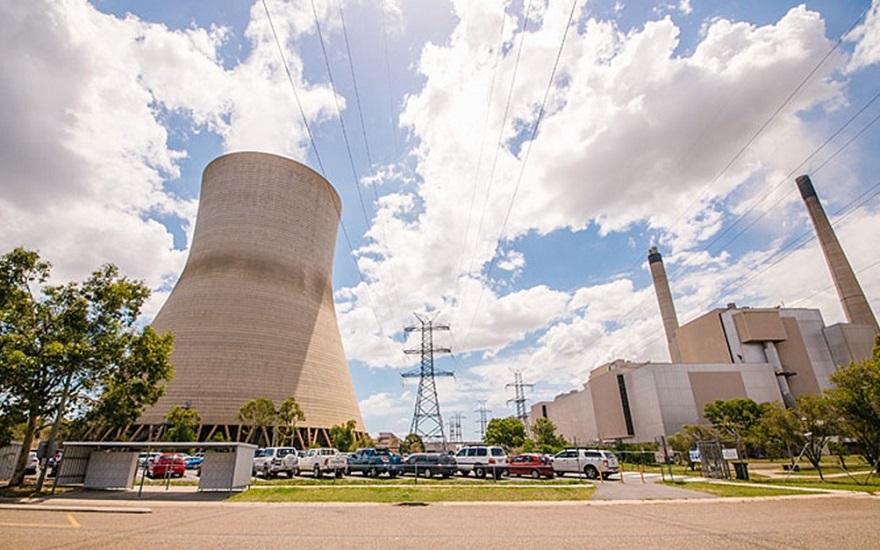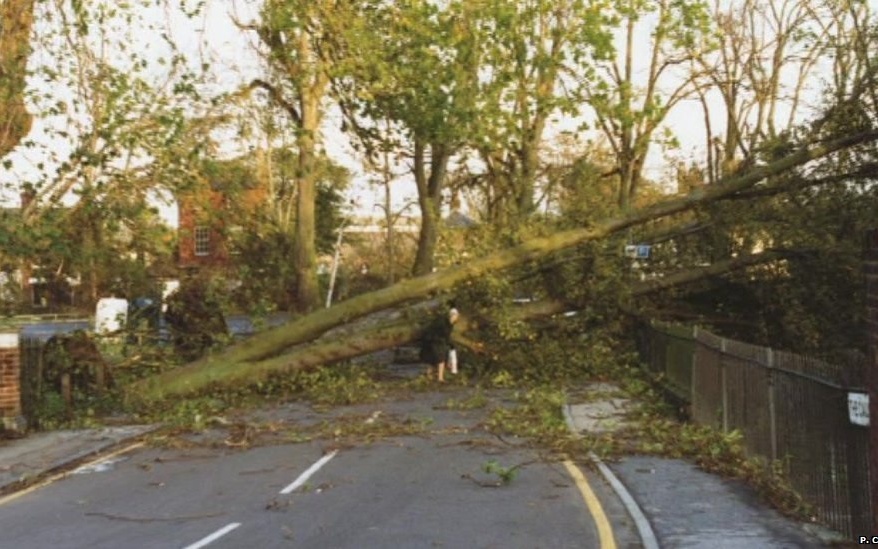An explosion at the coal-fired Callide Power Station causes power outage that leaves 500,000 homes throughout Queensland without electricity.
The incident is said to be the state’s biggest-ever power cut.
According to plant operator CS Energy, the government-owned energy generating company, it started around 1:45 pm on Tuesday 25 May.
A fire broke out due to an explosion in the turbine hall of generation unit Callide C4. This tripped out two further units at the power plant, while a fourth was already offline for long-term maintenance.
Knock-On Effect
Thankfully, the explosion didn’t cause any injuries to plant workers. But the outage at Callide Power Station and sudden loss of generation had a domino effect. Other plants on the network suddenly started tripping.
This led to unexpected outages across the state, with energy suppliers Energex and Ergon confirming blackouts from the Gold Coast to Caboolture.
The outage sent traffic lights across Brisbane offline, while it also led to a suspension of tram services.
Australian Energy Minister Mick de Brenni revealed that renewable sources and electricity from other states helped restore power.
He told ABC: “We had our power stations operating last night, we had our wind farms operating last night, we had Wivenhoe pumped hydro operating last night and those facilities will continue to operate for electricity and keep the lights on while we restore power out at Callide.”
The majority of customers were back online by 3:30 pm that afternoon. But the Australian Energy Market Operator (AEMO) called on Queenslanders to minimise their energy usage to reduce network demand.
What Happens Now?
In an update on Thursday 27 May, CS Energy CEO Andrew Bills said 50 people were working onsite to get Callide back up and running.
“Obviously, the turbine four you can see the damage that’s occurred there is significant, we’ll begin to understand more about that during the course of the day.
“Obviously, the turbine four you can see the damage that’s occurred there is significant, we’ll begin to understand more about that during the course of the day.
“There was both sighting of the fire and our control systems so we’ll obviously investigate those alarms and systems during the course of the day to understand what led to it.
“When you have an event like this you’ve got to understand root course, what led to it and make sure there’s no risk of that happening anywhere else.”
– Andrew Bills, Chief Executive Officer for CS Energy
Mr Bills expects all three generating units affected by the incident will be back online by 9 June. However, it could take up to 12 months to fully-restore the fourth unit, which is currently under maintenance.
Queensland State Premier Annastacia Palaszczuk vowed to launch an investigation into the explosion as soon as the site was safe.
UPDATE 7 July 2021 – Callide C4 isn’t expected to come back online until December 2022 after CS Energy confirmed it would be out of action for 18 months. It cited manufacturing issues and the delivery of a new turbine from overseas as reasons for the delay.
Background To Callide Power Station
Originally commissioned in 1965, Callide Power Station is based near Biloela, Central Queensland. It currently comprises two power plants (B and C), each consisting of two generating units.
Callide B was commissioned in 1988 and has two 350 MW steam turbines. Its closure date has been brought forward from 2038 to 2028.
While Callide C was commissioned in 2001 and incorporates two 405 MW advanced cycle steam turbines.
CS Energy owns 100% of Callide B and has 50-50 joint-ownership of Callide C with InterGen.
With Callide and its other power stations at Kogan and Gladstone, CS Energy delivers approximately 30% of Queensland’s total electricity supplies.
Queensland isn’t the first Australian state to experience a recent grid failure. Last May, Cyclone Mangga left more than 60,000 Western Australians without electricity.
While in 2016, a storm led to the entire South Australia grid going offline. It left more than 1.7 million people without power.





Wednesday 10 April 2024 Callide C4 Costs Above A$600,000,000
1/ The insurance will not pay,
2/ The part owner of C4 has a court order for a new enquiry
3/ The Australian Energy Regulator is taking legal action
4/ A industry standard Castell interlock System had not been fitted to the unit breaker to stop the isolation of the 220 VDC control supply when the C4 unit was in service.
5/ The original forensic enquiry by a structure engineer is on going